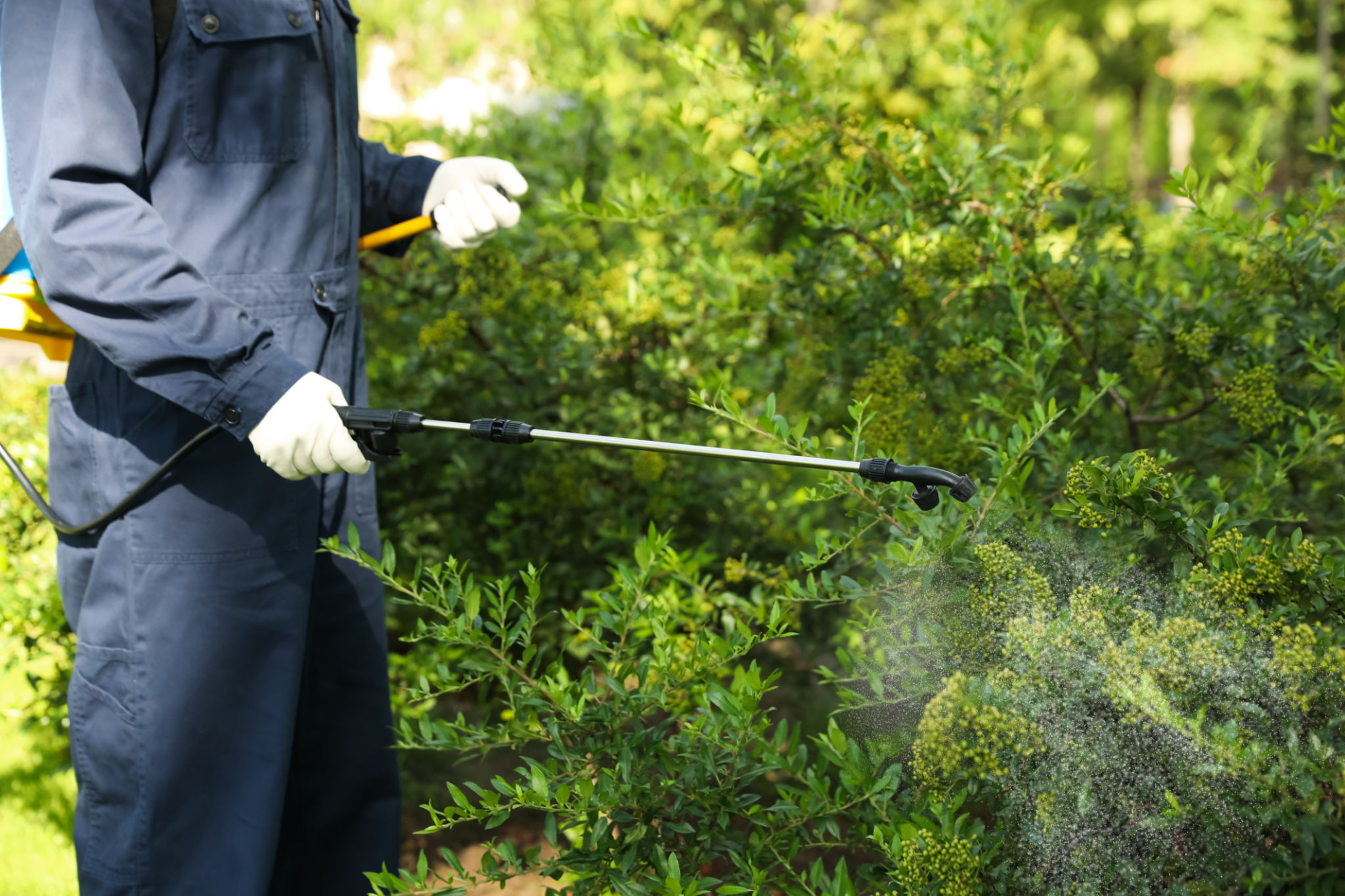Preparing Your Ocala Farm for the Planting Season
Understanding Ocala's Climate and Soil
Preparing your Ocala farm for the planting season begins with understanding the local climate and soil conditions. Ocala, located in Central Florida, offers a subtropical climate with mild winters and hot, humid summers. This climate is ideal for a variety of crops, but it's crucial to consider seasonal variations when planning your planting schedule.
The soil in Ocala is typically sandy and well-drained, which is beneficial for many types of plants. However, sandy soil can also lead to nutrient leaching, requiring farmers to pay close attention to soil management practices. Conducting a soil test before the planting season can help determine the pH level and nutrient content of your soil.

Preparing the Soil
Once you have understood the soil composition, the next step is to prepare it for planting. Start by clearing any debris or remnants from previous crops. Tilling the soil helps to aerate it and integrate organic matter, which can improve its fertility and structure. Consider adding compost or well-rotted manure to enhance nutrient levels.
After tilling, level the soil surface to ensure even planting and water distribution. It's also a good idea to plan your irrigation system at this stage, ensuring that all areas of your farm receive adequate water without pooling or runoff.
Selecting the Right Crops
Selecting crops that are well-suited to Ocala's climate is essential for a successful planting season. Some popular options include peppers, tomatoes, cucumbers, and various leafy greens. When choosing seeds or seedlings, consider factors such as growth cycles, water requirements, and pest resistance.

Creating a Planting Schedule
Developing a well-thought-out planting schedule is crucial for maximizing yield and efficiency. Consider the specific needs of each crop and their optimal planting times based on local weather patterns. Staggering planting dates can ensure a continuous harvest and reduce the risk of crop failure due to unexpected weather changes.
Regularly monitor weather forecasts and adjust your schedule as needed. This proactive approach can help mitigate risks associated with sudden temperature drops or unexpected rainfalls.
Pest Management Strategies
Pests can pose significant challenges during the planting season. Implementing integrated pest management (IPM) strategies can help protect your crops while minimizing environmental impact. Begin by identifying common pests in the Ocala area, such as aphids, caterpillars, and whiteflies.

Utilize natural predators, such as ladybugs and birds, to control pest populations. Additionally, consider using organic pesticides or insecticidal soaps as a last resort. Regularly inspecting plants for signs of infestation can help catch issues early and prevent widespread damage.
Ensuring Proper Maintenance
Regular maintenance throughout the planting season is essential for a thriving farm. This includes consistent watering, weeding, and monitoring plant health. Establishing a routine maintenance schedule can help ensure that no tasks are overlooked.
Keep detailed records of planting dates, fertilization, pest control measures, and any other relevant activities. This information can be invaluable for future planning and identifying areas for improvement.
Leveraging Local Resources
Ocala offers numerous resources for farmers looking to optimize their planting season. Consider joining local agricultural groups or attending workshops to learn from fellow farmers' experiences and expertise. These networks can provide valuable insights into best practices and emerging trends in agriculture.

Additionally, take advantage of extension services offered by local universities or agricultural organizations. These services often provide access to research findings, soil testing services, and expert advice tailored to the specific needs of Ocala farmers.
Conclusion
By taking the time to prepare your Ocala farm for the planting season thoughtfully, you set the foundation for a successful harvest. Understanding local conditions, selecting appropriate crops, creating a strategic schedule, managing pests effectively, ensuring consistent maintenance, and leveraging local resources are all integral steps in achieving this goal.
With careful planning and execution, your farm will be well-equipped to thrive in Ocala's unique environment, yielding bountiful produce that reflects your hard work and dedication.